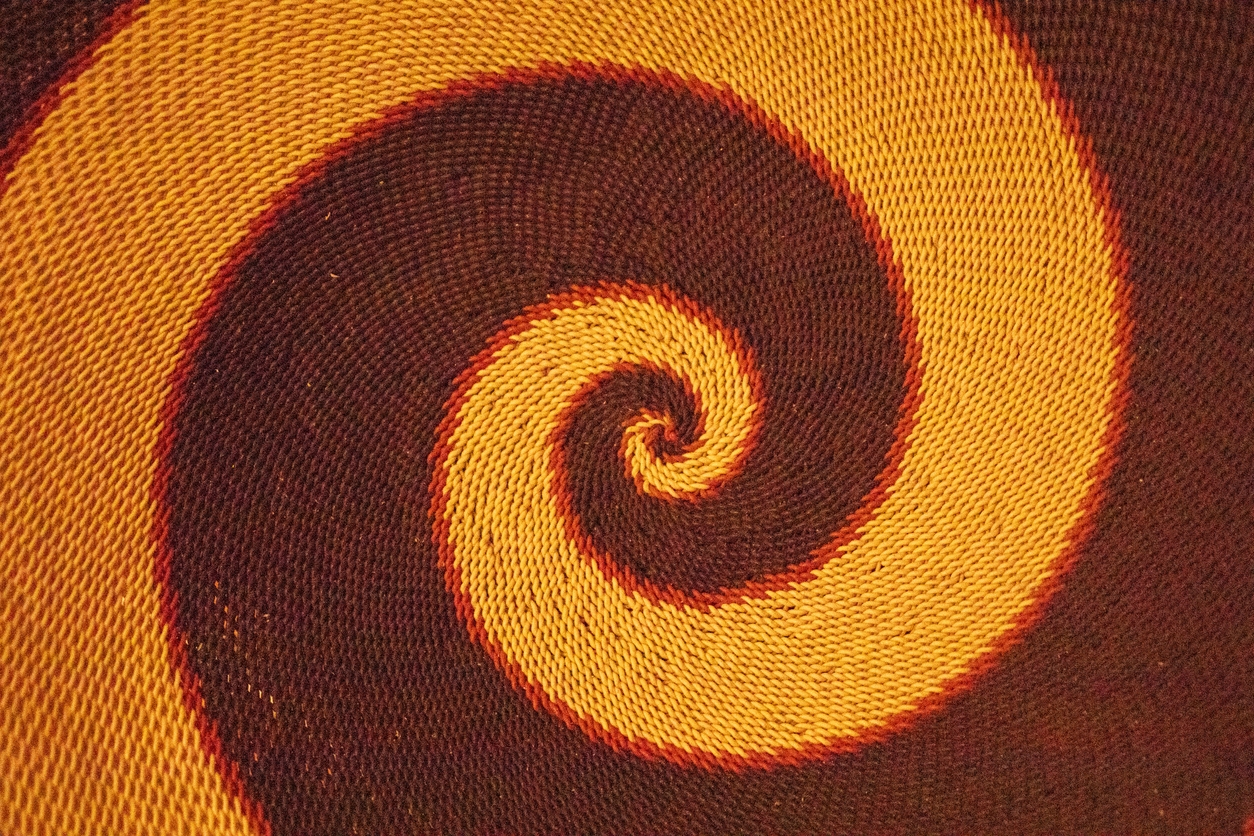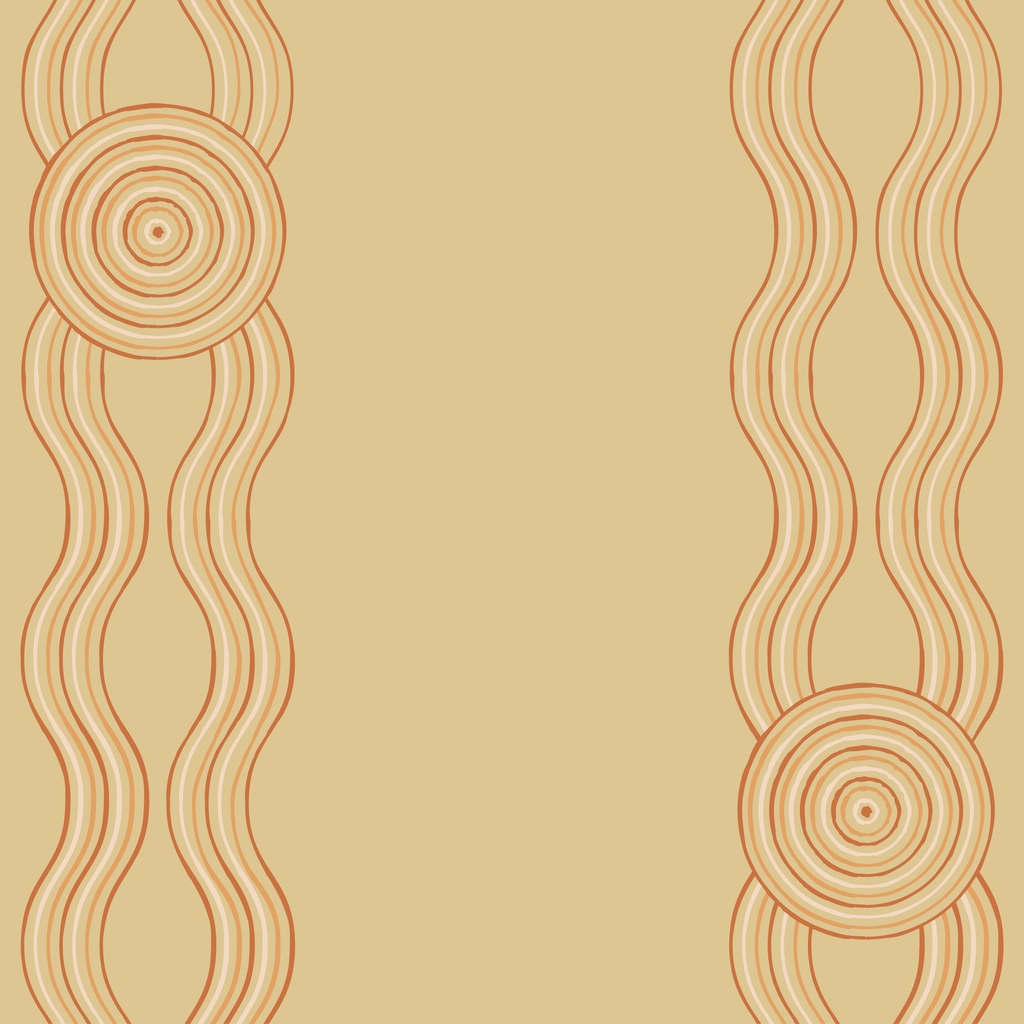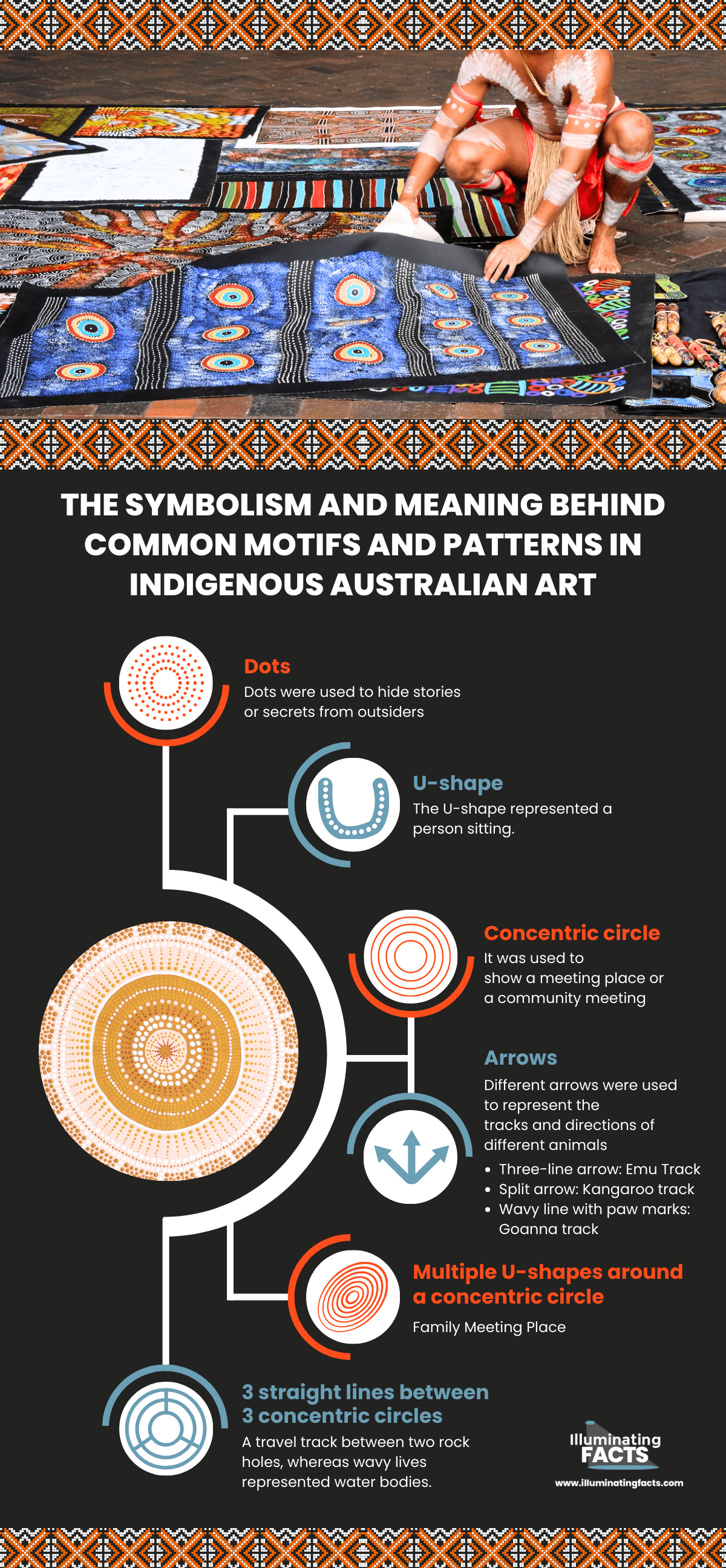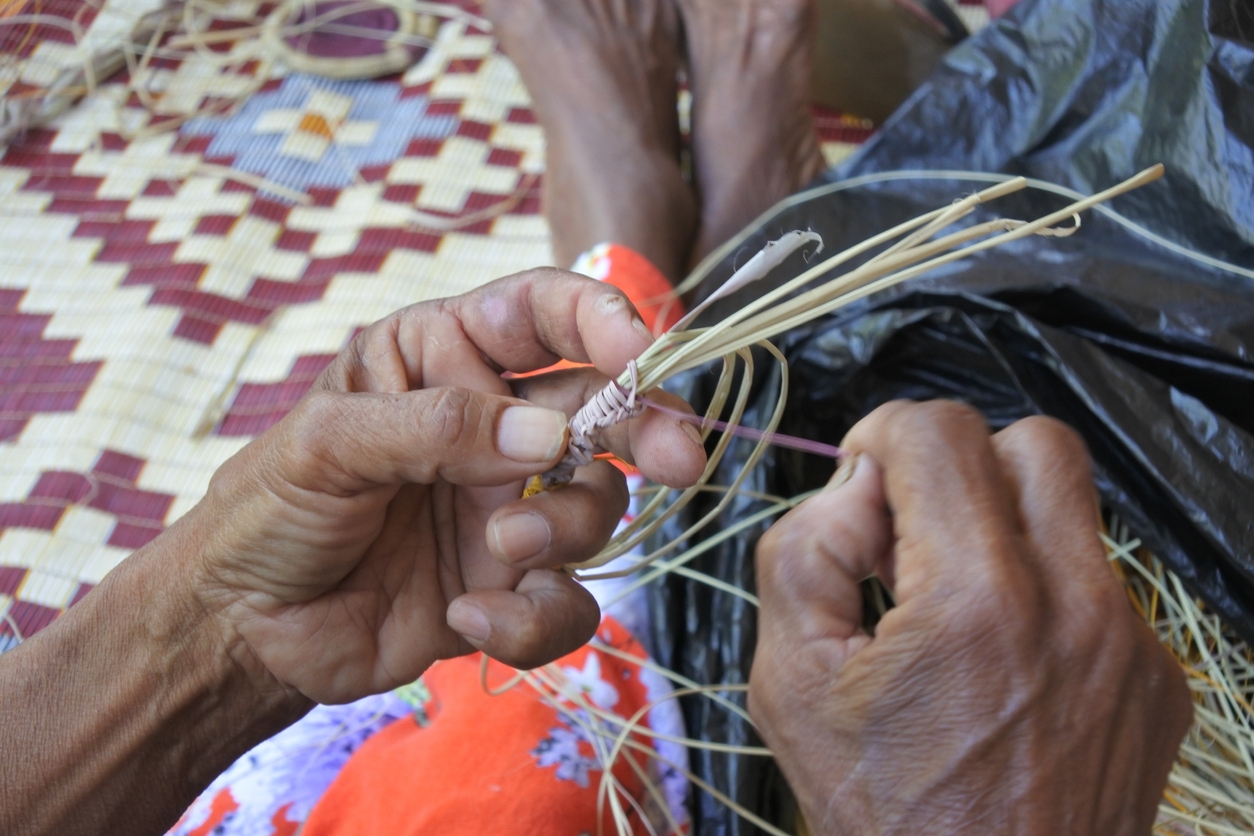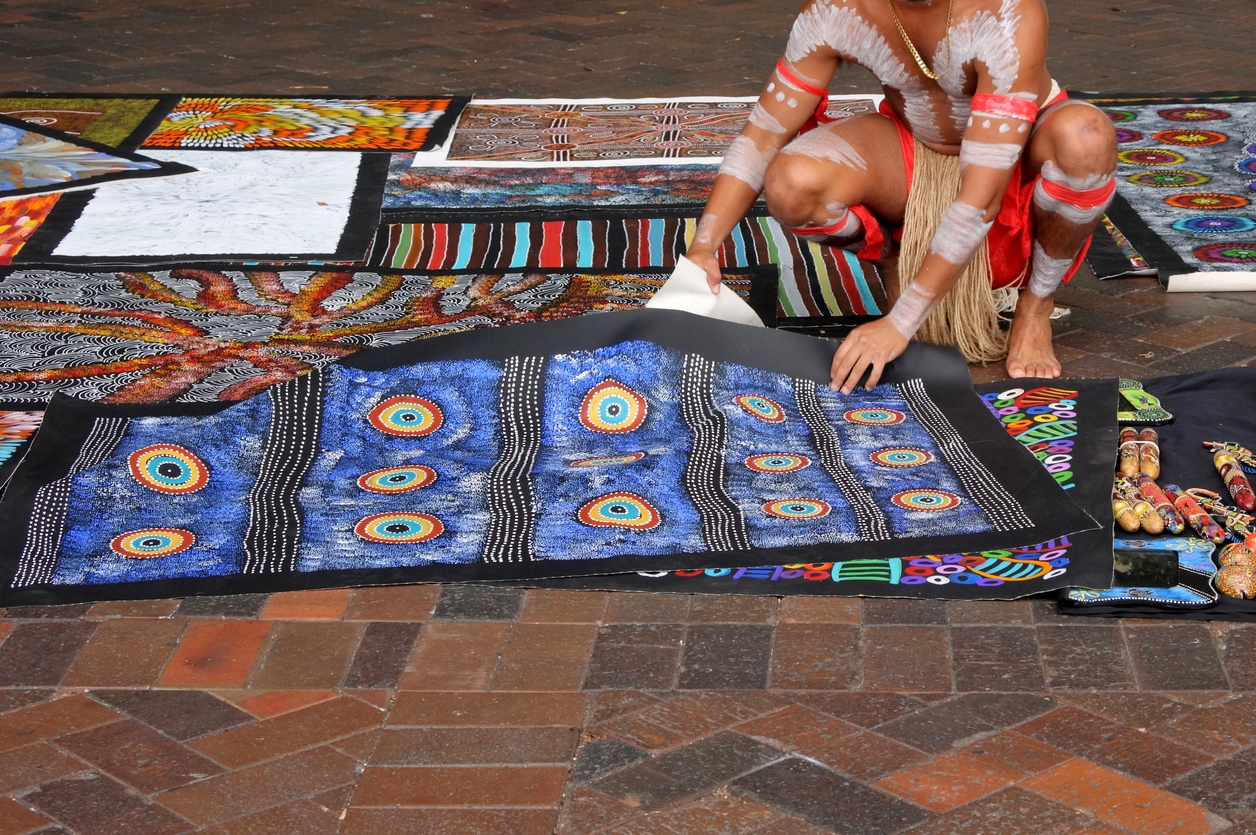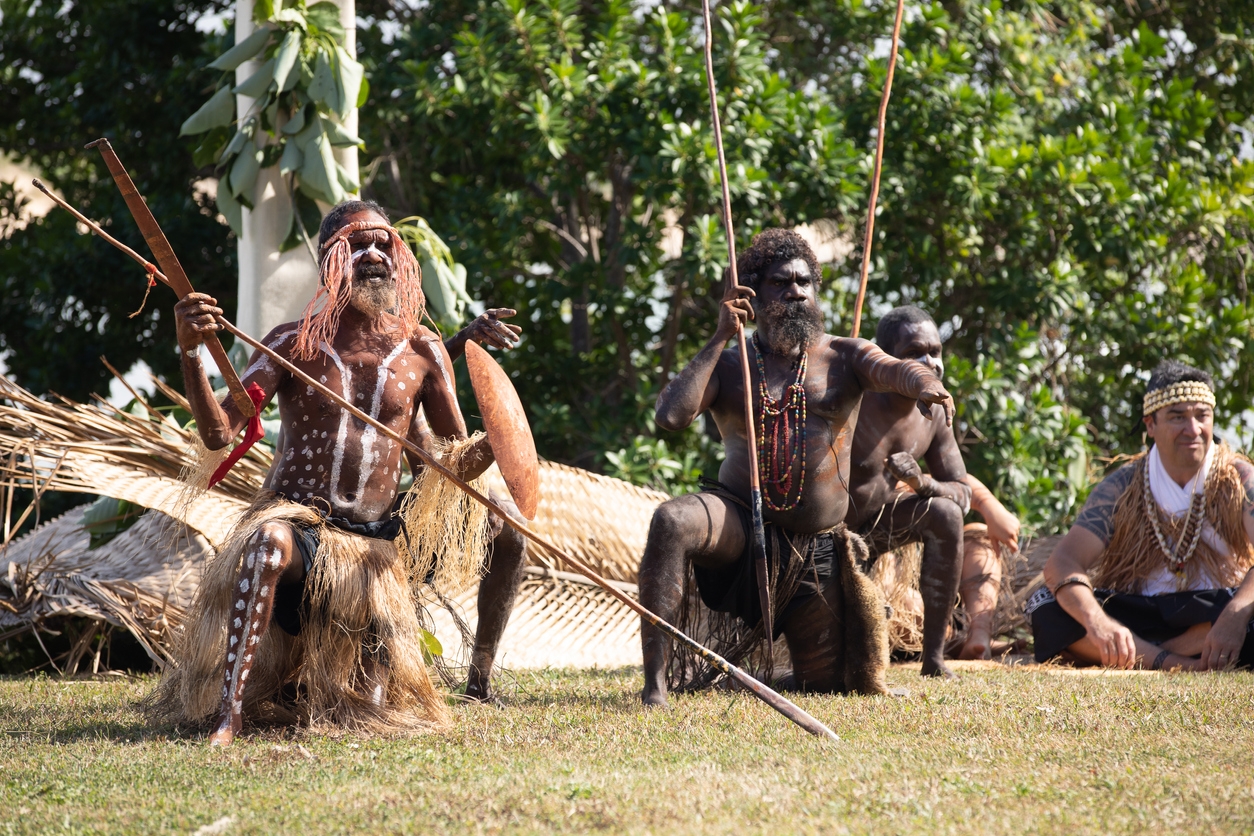The cultural significance of Australia is well-known around the world. One of the reasons why Australian cultural diversity is mesmerizing to the world is the country’s amalgamation of vernacular with contemporary cultures. The country is home to indigenous groups who are rooted in their traditions yet respect their country and how it easily adapts to modernity. These groups add value to the region’s tourism industry by working as tour guides or cultural guides sharing stories of their ancestors and their cultures or by sharing their unique art with the visitors, introducing them to the vibrant heritage of the country.
Why Indigenous Art of Australia is Supported by Government
Art has the power to go beyond borders and embrace cultural diversity. It is this perspective of art that governmental organizations use to their benefit. Even in Australia, indigenous Art plays a major role in bringing people together. While tourism has increased in the past decade, cultural and art tourism has gained quite a lot of popularity in the past years. From visiting galleries or exhibitions to attending fairs, First Nation Art events, concerts, and theaters, art tourism is now one of the significant tourism sectors in Australia. [1]
Interestingly, though Europeans were the frequent visitors, the survey conducted in 2017 revealed Asians to be the highest in numbers. Not only that government organizations learn how art tourism promotes the economy, introduces the cultures’ of the country to the international audience, and promotes places that were not famous or visited often. Thus, allowing them to rethink their tourism policies around art activities and regions.
Indigenous Australian Art: Historical Context:
The country has two indigenous groups, the Torres Strait and the Aboriginal, but the diversity of their cultures can be measured by the fact that the people of these two groups can communicate in around 250 different languages; each tribe having its own regional language. While their cultures and histories are not written, art becomes a medium to narrate ancestral stories and traditions visually. The fun fact is that Australian traditional art is around 60,000 years old, in those times natural dyes were made using rocks and sand, which is why earthy tones are familiar in vernacular art. As written language was not developed, symbols and icons became a way of “narrating” stories and histories.[2]
Historically, back in the 1800s, indigenous art was more focused on artifacts like intricately carved boomerangs and weapons as back then those were considered souvenirs but gradually it started changing when the indigenous communities realized that their histories would die down with time and thus they found refuge in art tourism to promote their unique history. From organizations like Bula Bula Arts and Arnhem Weavers teaching visitors the indigenous art of weaving to designing workshops around the traditional art painting techniques, the indigenous groups are the reason for promoting their art and tourism of Australia.
Dreamtime Stories and Symbolism
Dreamtime plays a very essential role in Aboriginal cultures. In fact, dreams define the cultural ethos, religion, and laws of the Aboriginal people. It is believed that the ancestors of people never die, their spirits remain in animals, or other people or places. Dreamtime is a time when one connects with the ancestral past, in the present for the future, the phase defying the ordinary timeframe and being in all times at once. [3]
The dreams are portrayed using art, storytelling, music, songs, and elaborative ceremonies paying tribute to the Ancestral Beings who are respected and have spiritual significance. To understand the cultures of the indigenous communities of Australia, one needs to learn about the Dreamtime to fully appreciate the histories much older than 50,000 years. Some famous Dreamtime stories are Tiddalick the Frog, Emu and the Jabiru, Gulaga, The Rainbow Serpent and Illawarra, and the five islands.
Symbolism in Indigenous Art of Australia
In order to narrate their dreams, the communities take art as a medium of expression, using various symbols in their paintings to depict different meanings and scenarios. From straight lives to circles, dots, and wavy lines, painted in mesmerizing earthy hues, the image serves more than just being a mere art piece. The symbolism represented in paintings has their inspiration from Dreamtime. Initially, bodies, caves, wood, and stones were used as canvases. [4]
Symbolism and Meaning Behind Common Motifs and Patterns
Indigenous art is all about symbolism with each symbol representing a certain knowledge or having a certain meaning. Some of the most common characters used in the Australian art of indigenous groups are dots, u-shape, arrows in specific directions, and concentric circles. The same symbol can have different meanings for different groups but the paintings with symbols were meant to communicate the stories to the people. [5]
Interestingly, even paintings do not reveal the whole meaning to everyone, for example, children would know the fundamental meaning or story of the painting whereas elders would understand the deep meaning behind the whole art. Some would not even be understandable to the outsider. The table below reveals some basic symbols and their meanings.
Symbols | Meaning |
Dots | Dots were used to hide stories or secrets from outsiders |
U-shape | The U-shape represented a person sitting. |
Concentric circle | It was used to show a meeting place or a community meeting |
Arrows | Different arrows were used to represent the tracks and directions of different animals
|
Multiple U-shapes around a concentric circle | Family Meeting Place |
3 straight lines between 3 concentric circles | A travel track between two rock holes, whereas wavy lives represented water bodies. |
The Spiritual and Ancestral Connection Depicted in Artworks
Ancestor spirits mean everything to the indigenous people, as it is through these spirits that they formulate their laws, understand their cultures, and experience their histories. No wonder their artworks, whether on canvases or rocks, sand, or cave walls, are all about celebrating the ancestral spirit and Dreamtime. They express their reverence for these spirits through dance, music, song, and paintings.
Traditional Art Techniques and Materials
The only form of art that has lived to date, Australian Aboriginal Art is not only beautiful, it is an example of how organic, environmentally friendly materials can be used to produce art. Back in those times, pigments were made of different kinds of clay and rocks. Ochre clay was used to get red, yellow, and purple pigments as the clay had an abundance of iron in it, whereas kaolin clay was used for white pigment.
Overview of Traditional Art Techniques Used by Indigenous Australian Artists
The pigments were mixed with water for easy application on wood barks, cave walls, rocks, and stones. Dot painting, bark painting, rock painting, string art, and weaving are traditional indigenous arts. Now the same techniques are still applied but some artists also experiment with synthetic materials like acrylic paints. Common techniques used in most indigenous art are Dot Painting, Cross-hatching, and X-ray style.[6]
Dots were used to hide the secret meaning of the stories. When the indigenous people and their lands were being invaded, they were afraid that their vernacular ancestral spiritual knowledge would be revealed to the white people. In order to hide their sacred knowledge from prying eyes, they camouflaged their paintings with dots. If you want to learn more about dot painting, find the work of Gabriella Possum Nongray, Michelle Possum, and their father Clifford Possum, their work is all about dot painting.
Cross-hatching
This northern Australian technique was used specifically for ceremonial paintings, representing the sea creatures and reptiles by making multiple parallel straight lines with the help of hair and reed. Mainly Arnhem Land artists used to draw sacred art using the cross-hatching technique. Just by using the line weight the artist can produce a 2-dimensional or three-dimensional art with just cross-hatching.
X-ray Style
The art that adorned the cave walls is usually X-ray style. Usually found in Arnhem land, X-ray art shows humans and animals in skeletal forms with their organs prominent. Anyone who wants to experience X-ray art should visit galleries in Ubirr and Injaluk.
Utilization of Natural Materials and Pigments
Iconography is not the only thing unique about Indigenous Art. The artists used all things from nature, from using pigments from minerals and clay, for example, ochre clay and kaolin to using tree bark, hair fibers of humans and animals, and cotton. [7] Though now man-made mediums are also explored, the original pieces have a unique organic essence to them.
Famous Indigenous Australian Artists
Indigenous Australian art has survived all these years. It has made a global impact all because of its bearers who respect its cultural significance and who have promoted this traditional art through their creativity and artwork. While there are many who have made their names in indigenous art, some most prominent names are listed below.
Clifford Possum Tjapaltjarri
The famous dot artist, who along with his daughters introduced the world to the indigenous Dot art of Australia was also the director of Papunya Tula Artists School. Anmatyerre was nominated for the Order of Australia for his valuable contribution to Indigenous communities and traditional art but unfortunately, he died the same day of the award ceremony. [8]
Emily Kame Kngwarreye
The woman who started her career in her 80s was Anmatyerre. Emily was brilliant at what she did, though she started her career late, she produced around 8000 paintings in her lifetime, making traditional art popular and winning accolades in the process. [9]
Sally Gabori
Age is just a number and who can prove that better than Sally Gabori who started to give time to her passion at the late age of 81! Her impressive artwork was bold, abstract, and have an impressionism connotation to it. She represented the indigenous culture of Bentinck Island in Queensland through her art.
Rover Thomas
The man who maintained the integrity of the indigenous art, Rover Thomas used the traditional materials associated with indigenous art, the ochres. Rover was a Wangkajunga and Kukatja Aboriginal Australian artist who revived the real essence of traditional art by making use of organic, locally sourced ochre pigments.
Evolution of Indigenous Art in the Modern Era
What started as a way of cultural expression is now known worldwide, making people realize how art has the power to showcase the culture and address socio-cultural ills in society as well. This power of art is explored much more deeply by the contemporary artists of indigenous art who have gone beyond the dots, Dreamtime, religiosity, and ancestral silhouettes. They use canvases, using painting as a medium to share societal pressure indigenous groups face or highlight socio-cultural issues. Modern artists explore mediums beyond organic paints and give new perspectives and meaning to the vernacular art of Indigenous people.
Conclusion
From the figurative style of Queensland to the geometric forms of Tasmania, Central Australia, and Kimberly, the variety offered by indigenous Australian art has mesmerized people from around the globe. The impact of traditional art on the tourism industry of Australia has further upgraded its value but it is the work of famous contemporary artists like Shirley Purdie, John Mawurndiul, and Jenni Kemarre Martiniello that has enchanted art enthusiasts for its vibrancy and expressionism. While indigenous art has remained relevant even today, it is its cultural significance that makes it sacred for its people and the art world.
References
[1] Australian Council for the Art. (2018). INTERNATIONAL ARTS TOURISM CONNECTING CULTURES. https://www.austrade.gov.au/ArticleDocuments/10375/Australia%20Council%20for%20the%20Arts.pdf.aspx
[2] Linklater, S. (2022, May 19). The amazing story of Aboriginal art. Artlandish Aboriginal Art. https://www.aboriginal-art-australia.com/aboriginal-art-library/the-story-of-aboriginal-art/
[3] Aboriginal Dreamtime stories. (2019, July 22). Japingka Aboriginal Art Gallery. https://japingkaaboriginalart.com/aboriginal-dreamtime-stories/
[4]Aboriginal art symbols – ART ARK®. (n.d.). ART ARK®. https://artark.com.au/pages/aboriginal-art-symbols
[5] Aboriginal art symbols – Iconography. (n.d.). Australian Aboriginal Art | Sydney | Kate Owen Gallery. https://www.kateowengallery.com/page/Aboriginal-Art-Symbols
[6] What techniques are used in Aboriginal artworks? (n.d.). Mbantua Gallery. https://mbantua.com.au/aboriginal-art-blog/what-techniques-are-used-in-aboriginal-artworks/
[7] Callerame, E. (2022, July 5). How nature inspires Aboriginal art. Artsper Magazine. https://blog.artsper.com/en/a-closer-look/how-nature-inspires-aboriginal-art
[8] Clifford possum Tjapaltjarri – Artist biography. (n.d.). Australian Aboriginal Art | Sydney | Kate Owen Gallery. https://www.kateowengallery.com/artists/Cli12/Clifford-Possum-Tjapaltjarri.htm
[9] Emily kame Kngwarreye. (n.d.). Art Gallery of NSW | Art Gallery of NSW. https://www.artgallery.nsw.gov.au/collection/artists/kngwarreye-emily-kame/

